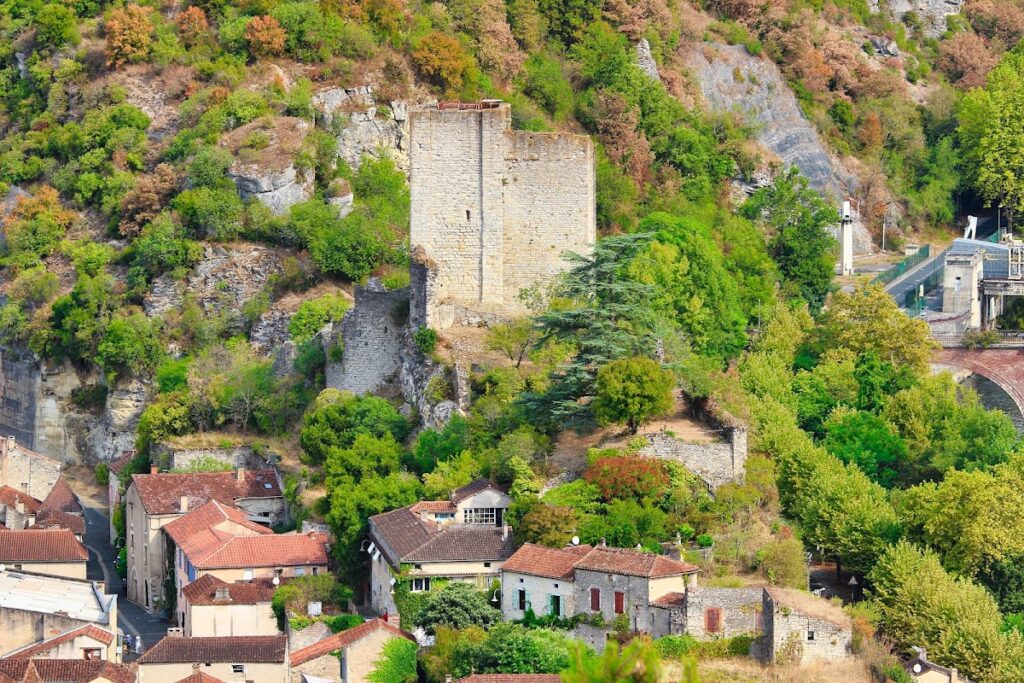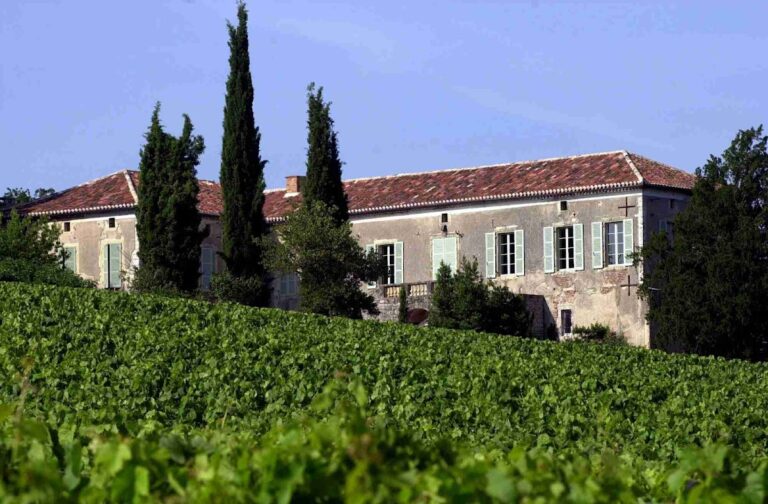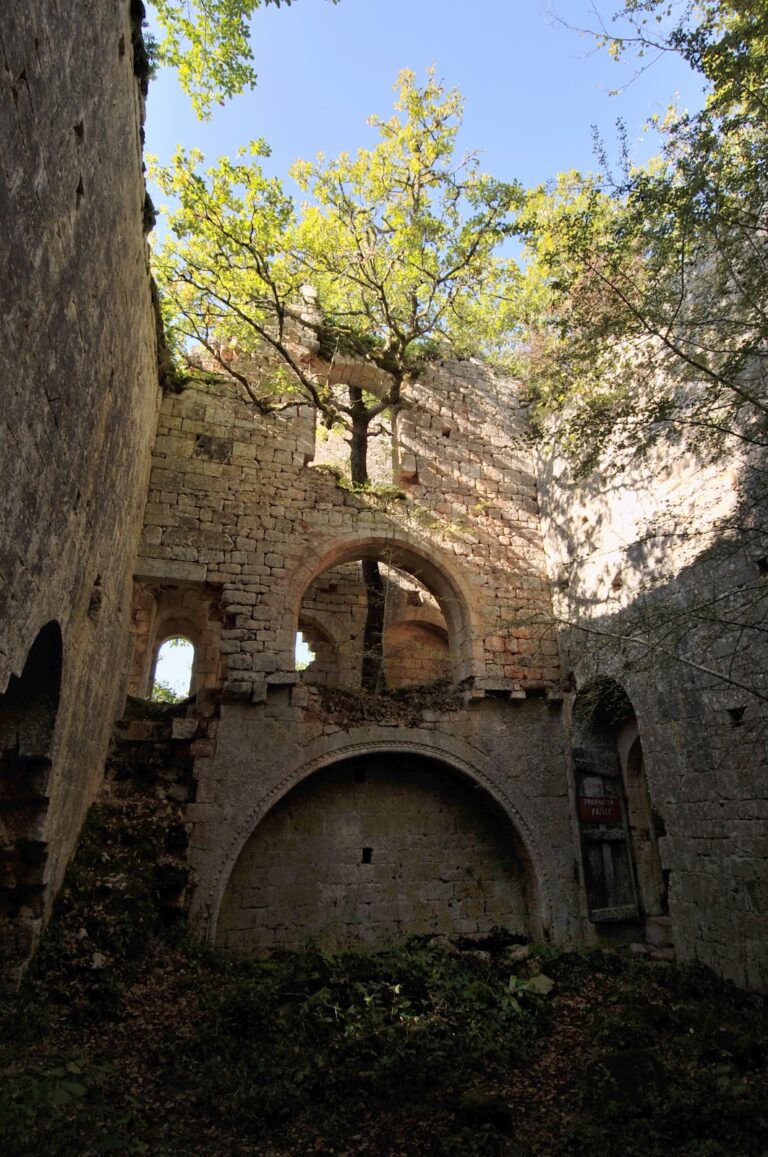Château de Luzech: A Medieval Fortress in France
Visitor Information
Google Rating: 4.5
Popularity: Very Low
Google Maps: View on Google Maps
Country: France
Civilization: Unclassified
Remains: Military
History
The Château de Luzech stands in the commune of Luzech, France, and was established by the medieval Christian authorities of the 13th century. Its founding closely relates to the shifting control over the Lot valley following the Albigensian Crusade, a major campaign aimed at suppressing heretical movements in southern France.
In the early 1200s, Bishop Guillaume de Cardaillac asserted his authority over the lower Lot valley. After the Albigensian Crusade weakened local lords allied with the Count of Toulouse, the bishop seized their lands and made Luzech one of several fortified sites under his control. Earlier, in 1212, the town of Luzech had suffered destruction when Simon IV de Montfort burned it during military operations connected to the crusade. By 1230, a stone castle was erected on the site, serving both defensive and administrative purposes within the bishopric’s territorial holdings.
By 1227, the bishop of Cahors had succeeded in acquiring the remains of the original castle in Luzech, becoming its principal lord. He granted permission for a baron to construct a smaller second stronghold on a nearby promontory known as the Trincade rock, although only scant ruins of this secondary fortification endure today. In 1257, Alphonse de Poitiers, a regional noble, transferred his jurisdictional rights over the local barons’ lands to the bishop of Cahors. This act released the barons from their oaths of allegiance to him and instead required them to pay homage to the bishop, creating a system of shared lordship over Luzech.
During the mid-13th century under Bishop Barthélémy de Roux (1250–1273), the town’s residents received formal customs privileges in 1270, reflecting a degree of civic organization and autonomy. Over the following centuries, the barony passed through noble families, including the influential Luzech line. Notably, Bertrand de Luzech was baron in 1504, and Antoine de Luzech held the bishopric of Cahors, transferring some church rights in the lordship to his brother in 1505. Later ownership included the Chapt family and, subsequently, the dukes of La Rochefoucauld-Liancourt.
In 1587, Jean II de Luzech, a noble defending Catholic interests, fell childless during conflicts with Protestant forces led by the vicomte de Turenne. His widow remarried Jean IV Chapt, count of Rastignac, who thereby connected the fates of Luzech’s lordship to the Chapt family. The castle remained in noble hands until the 19th century when, in 1841, the duke of La Rochefoucauld-Liancourt sold the Château de Luzech to the local commune.
The site’s historical importance received formal recognition in the early 20th century, with protective status granted on 18 February 1905. This recognition was further reaffirmed through additional official registration in July 2022, safeguarding the castle’s legacy for future generations.
Remains
The Château de Luzech today is primarily known for its imposing donjon, a nearly square tower built around the early 13th century. Its footprint measures approximately 8.65 meters by 8.20 meters, with soaring walls that reach up to 24 meters high. The tower is constructed from finely cut pale limestone blocks, a material that lends both strength and a distinctive light color to the structure.
Defensive features include narrow arrow slits on the west and south elevations, allowing archers to survey and protect the surrounding landscape while remaining protected inside. A pointed-arch doorway, characteristic of medieval Gothic architecture, opens on the north side, where a modern addition of a ground-level door facilitates access today. The tower’s corners are reinforced with flat buttresses nearly two meters wide but less than a quarter meter thick. These buttresses interlock with the angles of the tower, enhancing its stability.
Inside, the donjon originally comprised four successive floors, connected by a spiral staircase tucked into the northeast corner. This internal layout reflects the tower’s role as both a defensive stronghold and a residence or administrative center for the ruling authorities.
Attached to the tower’s south wall on the east side is a nearly equally tall section of wall that forms a right-angled corner turning north. At its base, a wide door roughly one meter across provides entry, alongside an arrow slit set within a recessed niche, further underscoring the fortress’s defensive function.
Apart from the main donjon and its immediate walls, only fragments remain of the smaller second castle authorized in the 13th century on the Trincade rock overlooking Luzech. These vestiges signify the historical expansion of fortifications in the area but do not survive as a coherent structure. Together, the extant remains offer valuable insights into the strategic importance of Luzech and the medieval architectural approaches to defense and lordship in this region of France.







